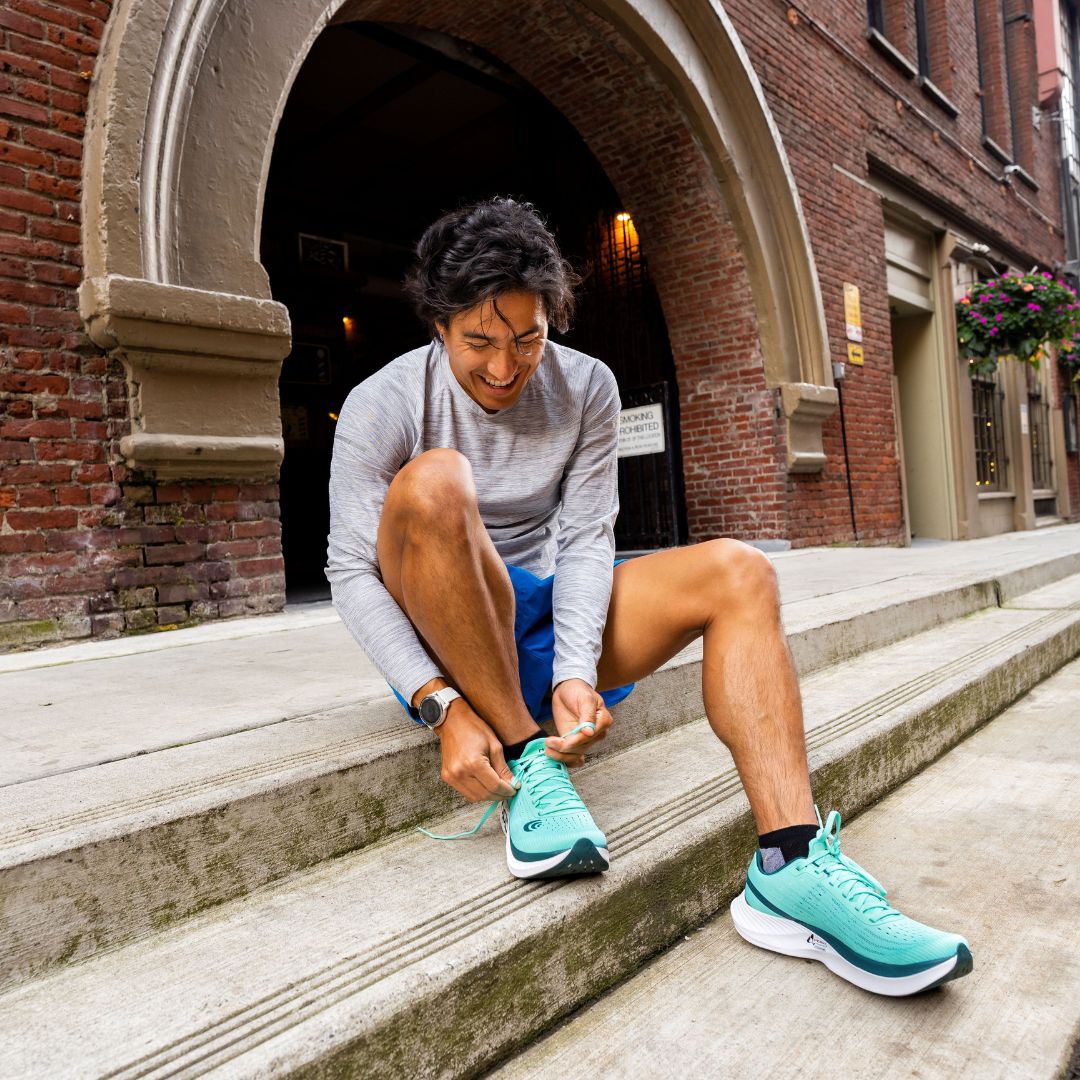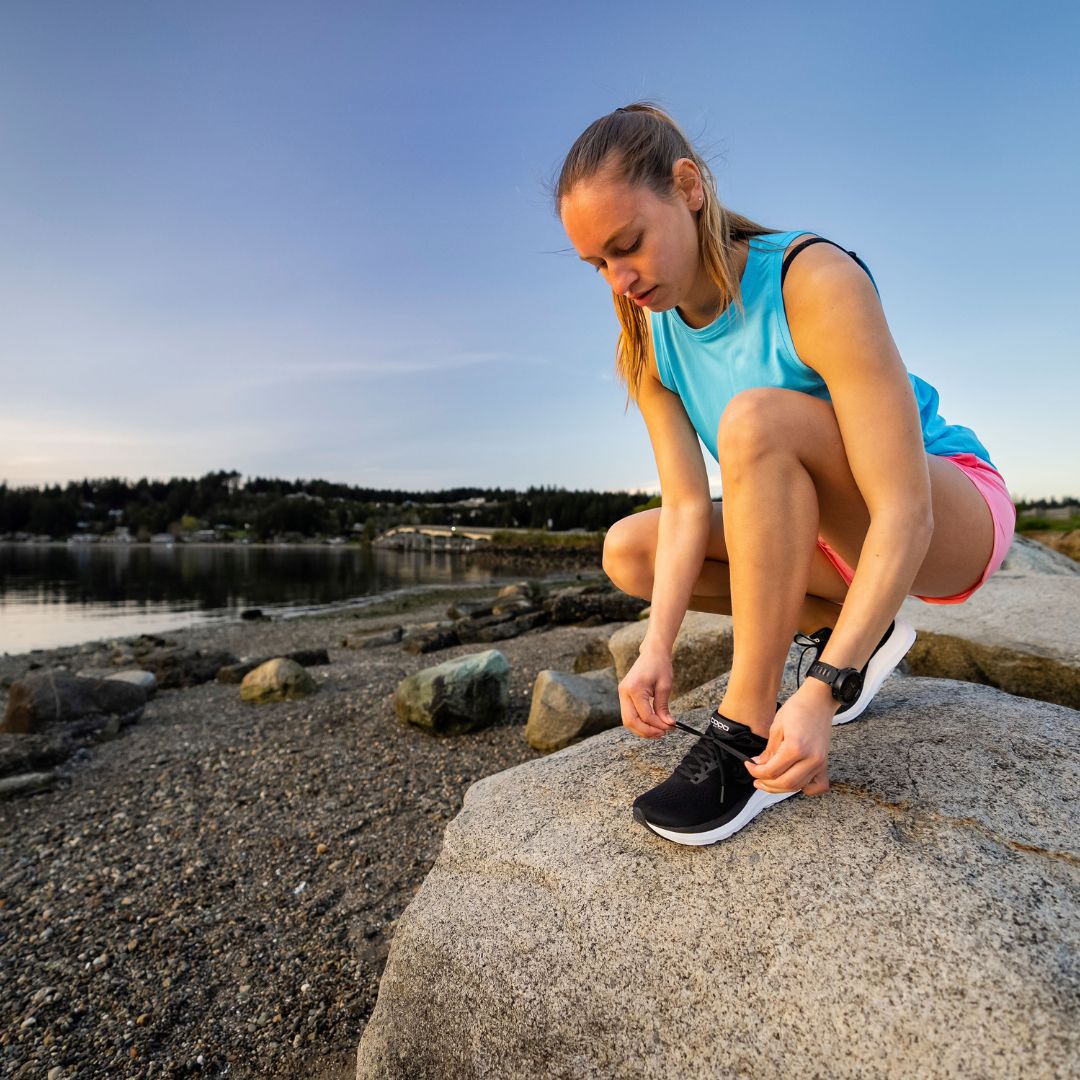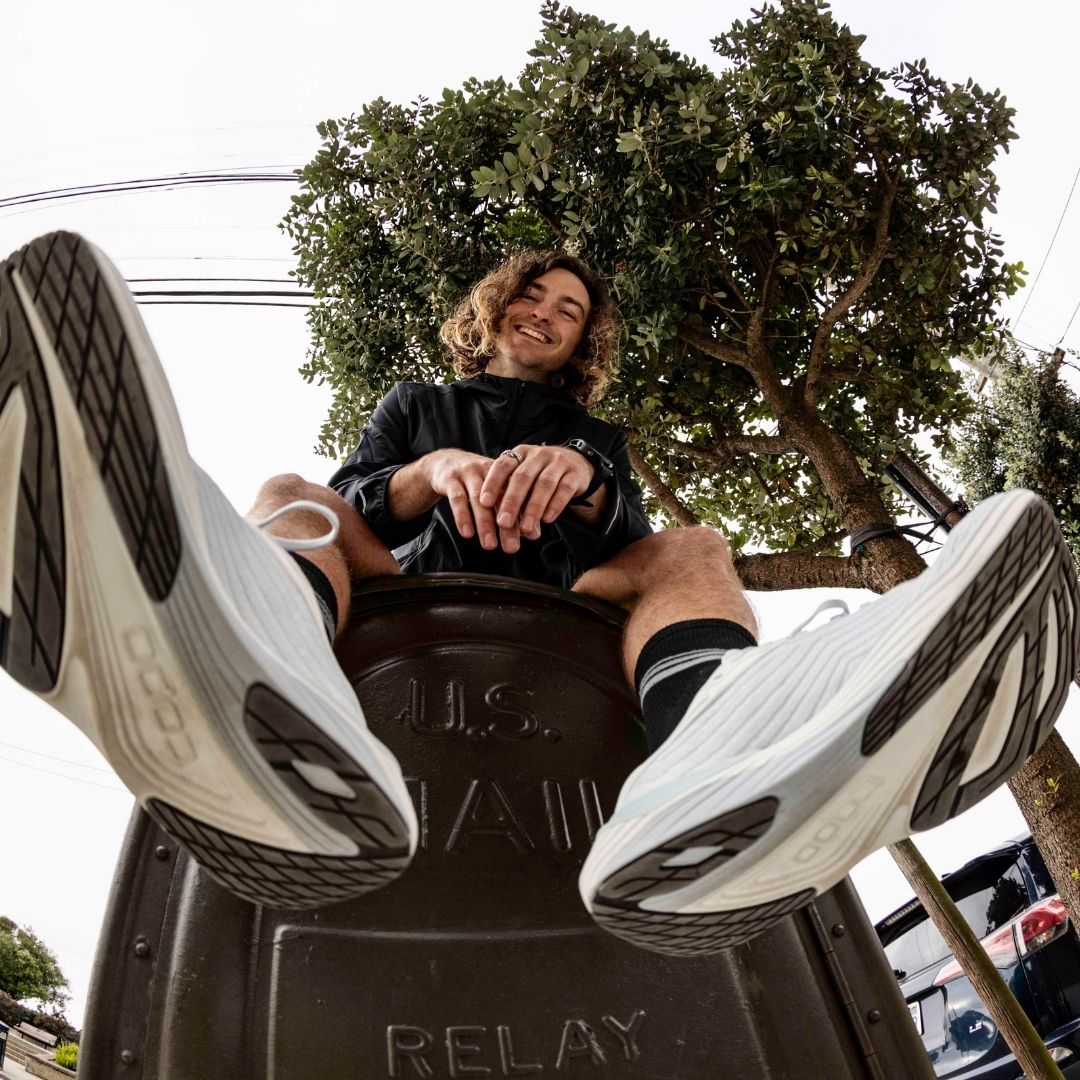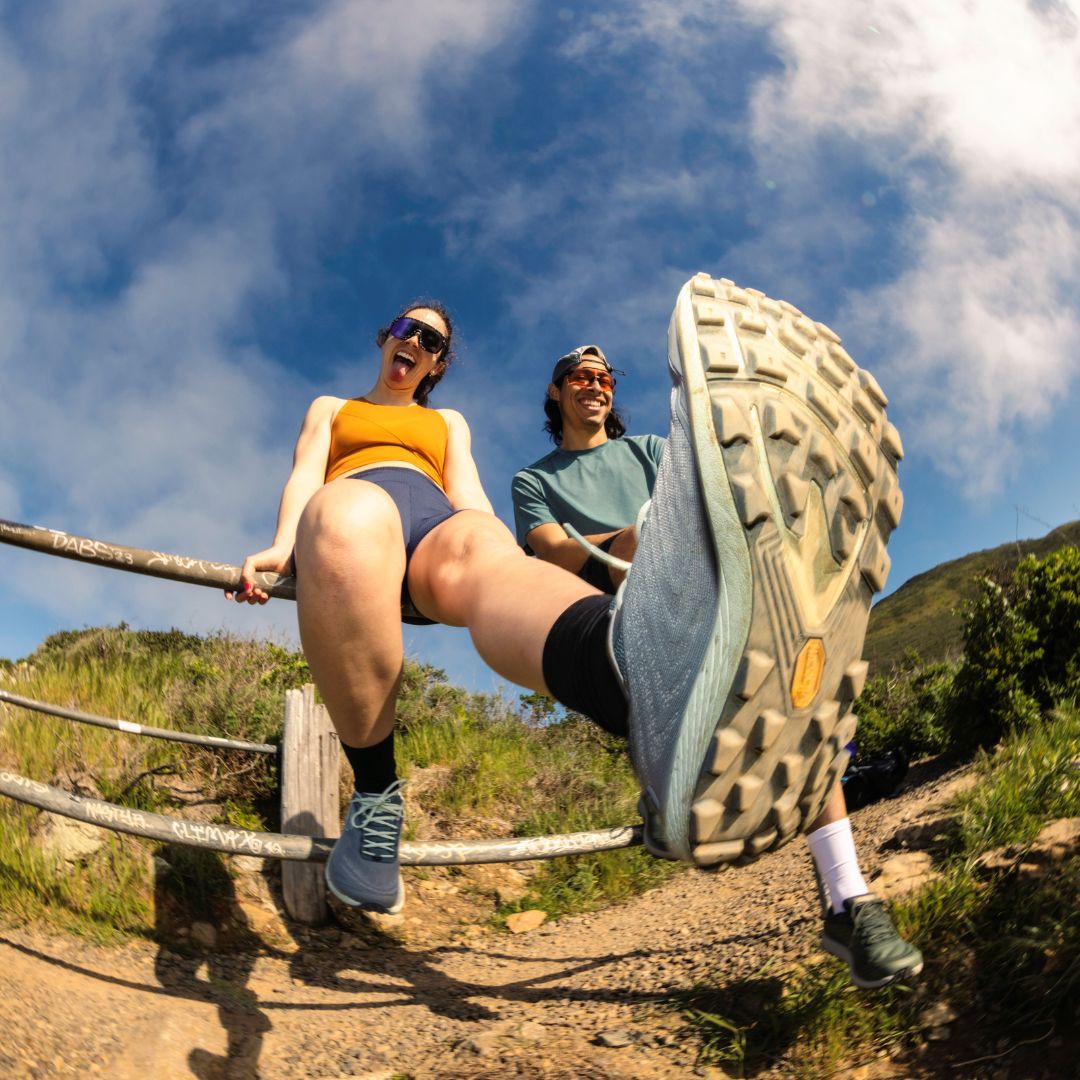A Cautionary Tale of Toes and Woes: Part Three

Plantar fasciitis and Achilles tendinitis, along with other tendinopathies (injured or hurt tendons besides the Achilles), stress fractures, metatarsalgia, bunions, hallux limitus (big toe joint arthritis) and neuromas are the most common ailments that affect runners. The mere awareness of anything that might interfere with a runners’ plans is enough to raise dread, fear and doubt resulting in one of three choices:
1. Ignore and/or “Advil” through the symptoms
2. Stop Running
3. (Finally) Seek Treatment
While I wish my office phone number was listed at the top of any Google search, I am not blind to reality. Within seconds, a runner can search for any answer they seek to validate whatever diagnosis they think they have – whether it be a good thought or bad thought.
So, what is one who is hurting supposed to do? I like to categorize the possibilities into three problem categories (or combinations of):
1. Tension
2. Load
3. Shoes
Tendinopathies are tension problems where the tension placed through those tissues are greater than what the tissues can handle. Other load problems include: stress fractures, metatarsal pain, and forefoot joint pain. This occurs when the loading forces placed through this part of the foot is greater than those structures can tolerate. Pain in and around the big toe joint (bunions, hallux limitus, sesamoiditis) and neuromas are mostly created by poor-fitting shoes.
Early-stage tension problems often hurt early in the activity and then loosen up.When tension and load problems exist, being strong and fit is essential. Consider core strength the glue that holds our structure together: when we are weak through the middle, the kinetic chain becomes inefficient and the feet and lower extremities will have to work harder; if not properly adapted, the foot will “buckle” under these conditions, which could lead to pain and potential injury, such as tendinopathy (“tensionitis”). Managing tendinopathy requires muscle relaxation through foam rolling, dynamic warm-ups (which may include stretching), and avoiding any activities that can make the pain worse.
As with any type of problem, swelling and/or pain that worsens with activity or results in limping is the body’s way of telling you to stop. PLEASE LISTEN! Load problems are not weight problems. Excess load typically manifests into poor movement patterns, which is usually the result of poor postural habits. The effortless running observed in elite marathoners and children comes from their properly aligned kinetic chains, which allows them to move effortlessly. Effortlessness equates to more efficiency, which requires less effort.
Gravity is always acting upon us. Maintaining proper posture is the very best way to counterbalance gravity most efficiently. When posture fails, especially with activity, then the feet, knees, hips and other skeletal structures are going to be exposed to greater loads. The more intense the improper movement, the quicker and more severe the potential failure of the body to handle that load – risking a breakdown. Therefore, if you have skeletal issues (such as bad knees, scoliosis, bad feet, etc.) be sure to move within an acceptable effort for your conditioning level so that you can handle the load being applied.
Having bad feet, bad knees or other skeletal issues does not mean that you can’t or shouldn’t be active, or do what you want or love. These conditions simply signal for you to slow down: put in the effort to make yourself strong and allow the body to adapt to the movement you are seeking; work on improving your postural habits to whatever extent you can.
Find shoes that help you achieve the best posture possible is important with tension and load problems. The drop of a shoe is the height different the heel and ball of the foot – barefoot is considered zero drop. Choosing the right drop for you depends on whatever structural change in posture you’ve adapted to. Increasing the drop of your shoe will help compensate for poor posture temporarily as you transition to better form. If it’s correctable, then you should ultimately achieve efficient running with minimal drop or even barefoot. If your posture is fixed in an imperfect position (poor hip structure and pelvic alignment, scoliosis, etc.), then having some heel elevation will help compensate for that restriction and facilitate forward movement. However, be careful:
Too high a drop can exacerbate posture issues and increase postural challenges while running. The ideal drop of your shoes will then depend on where you are on your recovery journey and whichever one helps your body maintain the best posture possible.
In the final installment of this series, we’ll take a deep dive into other elements to consider for a proper shoe fit and why they are important.

About Dr. Feldman
Dr. Neil Feldman is the Director of Central Massachusetts Podiatry., specializing in reconstructive surgery and sports medicine. With more than 20 years of private practice experience, Dr. Feldman is board-certified in Foot Surgery, active in the Massachusetts Podiatric Medical Society and is a Fellow of the American College of Foot and Ankle Surgeons. Previously, he served on the Massachusetts Podiatric Medical Association Board.
An accomplished athlete, Dr. Feldman has run numerous marathons, including 12 Boston Marathons, and clocked in a personal best of 2:51 at the Bay State marathon in 2013. He also completed 7 Ironman triathlons, including the Ironman World Championships Kona in 2004 and 2008. He also took his endurance running endeavors to new lengths when he completed seven 100M events, including 2 Leadville finishes and twice breaking 20 hours at that distance while sporting the MT-3 (Javelina Jundred in 2016) and Terraventure (Vermont 100M in 2017).















